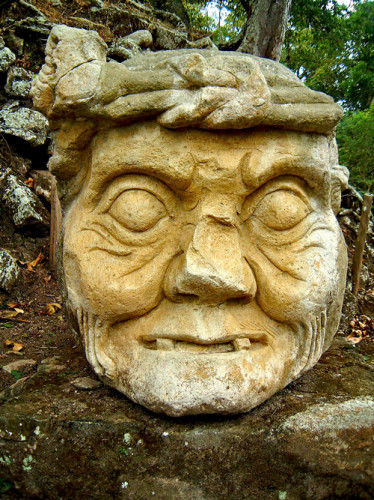
W1095: Pauahtun (West Court)The two Pauahtun heads found at Copán are amongst the most iconic of all the stone carvings and are often referred to as the Old Man of Copan. Age is thought to be indicative of wisdom and it is thought Pauahtun may be an elderly incarnation of the great God Itzamna who created the universe at the beginning of the Mayan era – an era that began in 3114BC and ended in 2012AD. Itzamna was also the God of scribes and knowledge, and this wise old face would certainly fit within the theory. Pauahtun also frequently wears what appears to be a netted headdress, but may actually be a crocodile skin hat. The purpose of this is unknown.
Pauahtun is also commonly associated with the Bacab who were tasked with holding up the four corners of the universe that Itzaman created. As such, they represented the cardinal points of north, south, east and west. The Bacab were fundamentally important to the Mayan world and were also associated with colours and years. Their names and affiliations are:
| Name | Direction | Colour | Year |
| Cantzinal | North | White | Muluc |
| Hosanek | South | Yellow | Cauac |
| Hobnil | East | Red | Kan |
| Saccimi | West | Black | Ix |
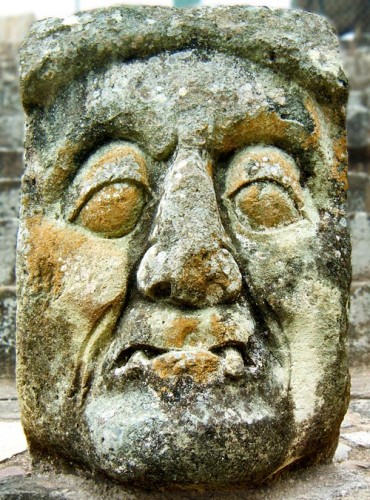
W1077: Pauahtun (East Court)Representations of Bakab and Pauatun can be found across the Mayan territories, although sometimes they are also represented by Chac, the God of Rain and Thunder. It is possible that in different years the four “Sky Bearers” or “Year Bearers”, as the Bakab are also known, took slightly different forms. Hosanek, for example, is in charge of the year Cauac (Chac) and so it may be that during this year the appearance of the Bacab would reflect whose year it was.
Effigies of the Pauatun or Bacab would often be found holding up the roofs of important buildings – presumably the building was intended to be identified with the earth and its ceiling or roof played the role of the sky and needed to be supported by Bakab. Therefore, these Old Man of Copan may have been two of four heads once mounted on a building somewhere – possibly one of those lost to the Copan River in the early 19th century. However, currently one (fig. W1095) sits in the West Court and the other (fig. W1077) sits in the East Court.

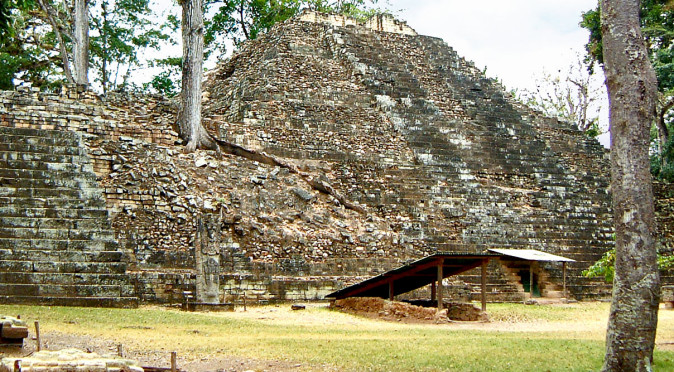
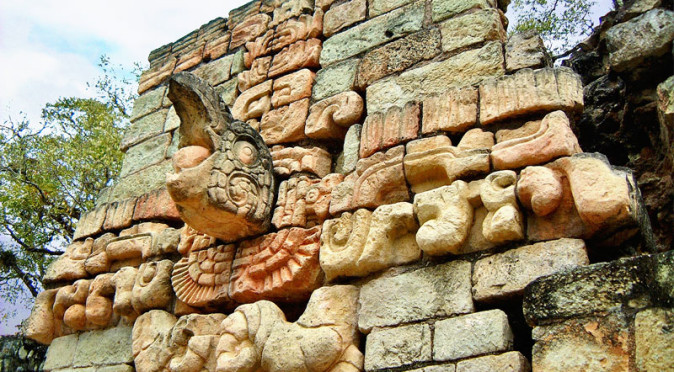
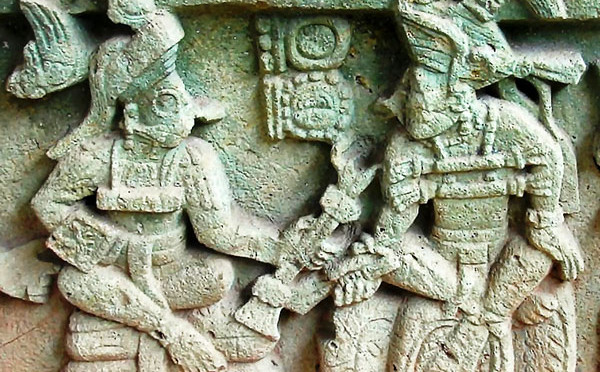
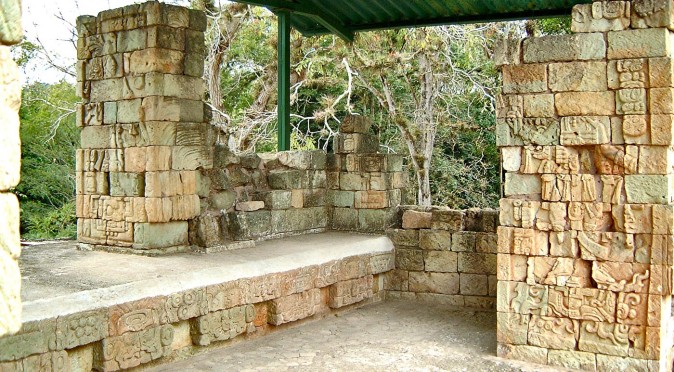
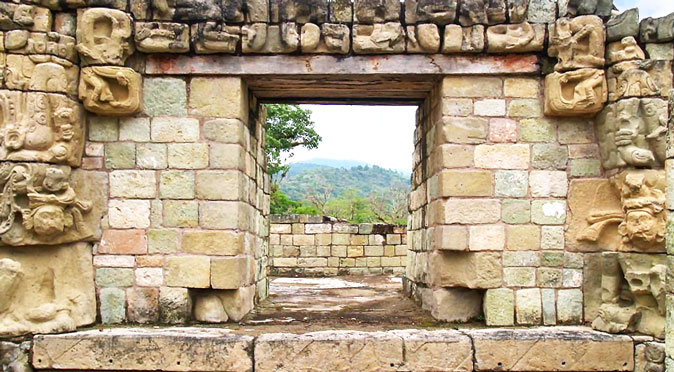
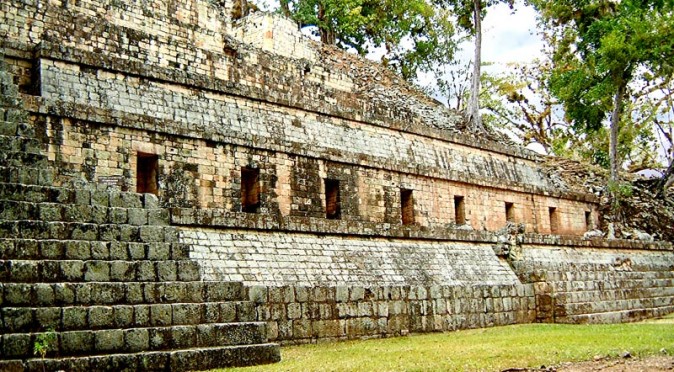
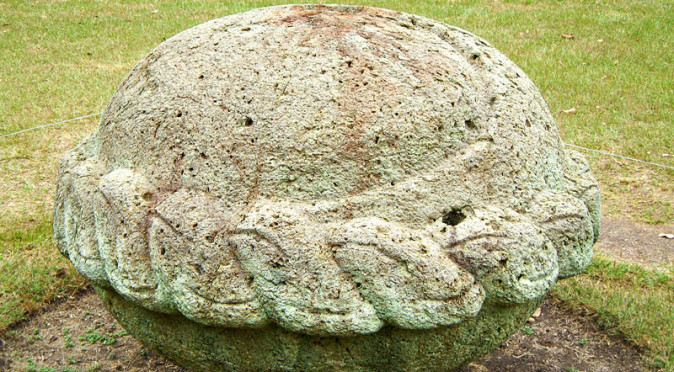
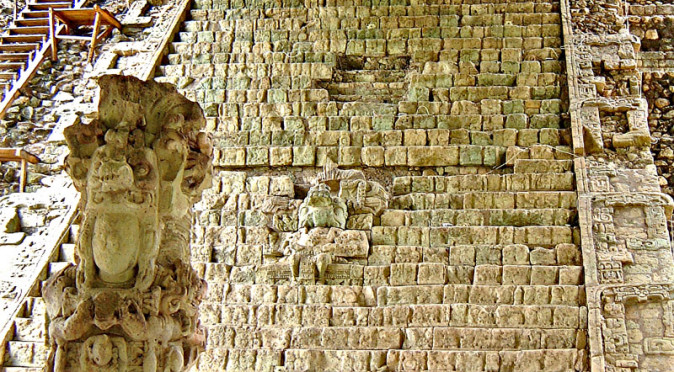
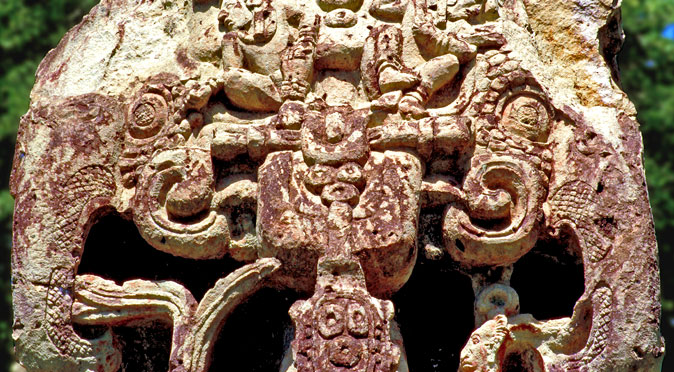
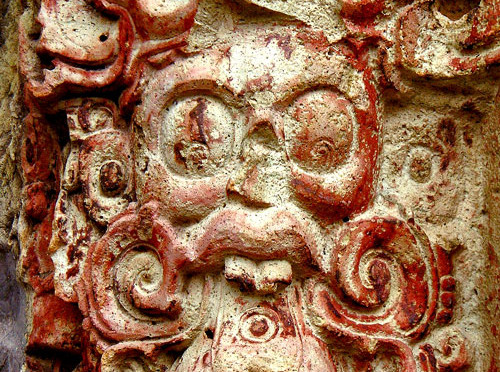
Do the names Pauahton or Pawahtun have any connection to Powhatan the title of the Leader of the Algonquin Confederacy in early American History?
Pauahtun is a name derived from a net-bag headdress, Pauah, and a stone, tun, that feature in his glyphic/artistic form. The net headdress probably relates to his other worldly or godly status and the stone relates to time. I am not sure that this relates in anyway to Powhatan.
Old Shawnee history says Powhatan is a Shawnee name. I’ve traced a lot of Shawnee traditions back to the Maya. That serpent mound is not a snake it’s a depiction of creation. The turtle is highly represented in my tribe sacred and a clan as well. The Delaware were viewed as knowledgeable elders to my tribe we respected them heavily. All those natives around that region are the least talked about today it’s always the Sioux. We’ve got tons of history that can relate to Guatemala. I’m a Absentee Shawnee 1 of 3 bands from Shawnee.
Yes This Has Direct Connection To Powahtan Etymology Pauahtun/Pawahtun The N- Nine God of The Universe That Represents The Universal Elements of The Wind of W1095 West Court Saccimi Black IX Clan To Come Between 2020-2030 Universal Living Elements of The Wind God – Wind Clan of Karma in represent the despised and rejected nations of the Earth karma turtle clans
Joshua – Give me a Email at nanyakbahiyaelbey9@yahoo.com
Gnostic Buddhism
By Nanya K, Bahiya-El-Bey